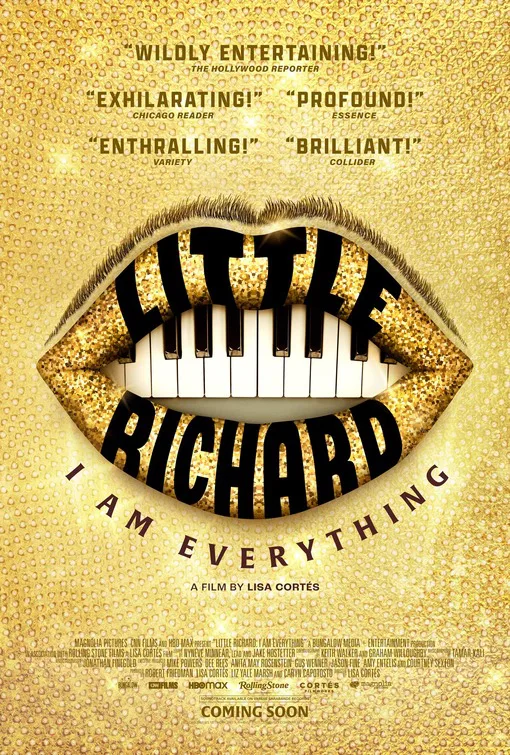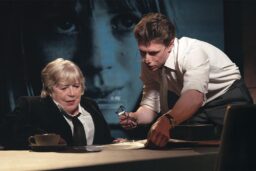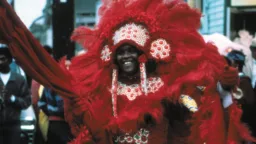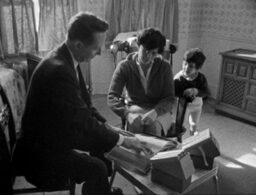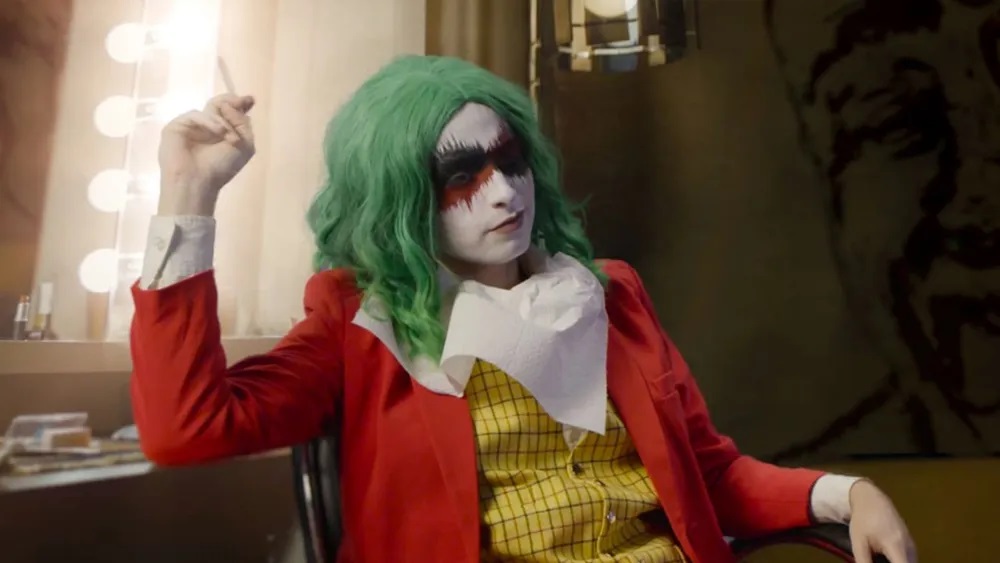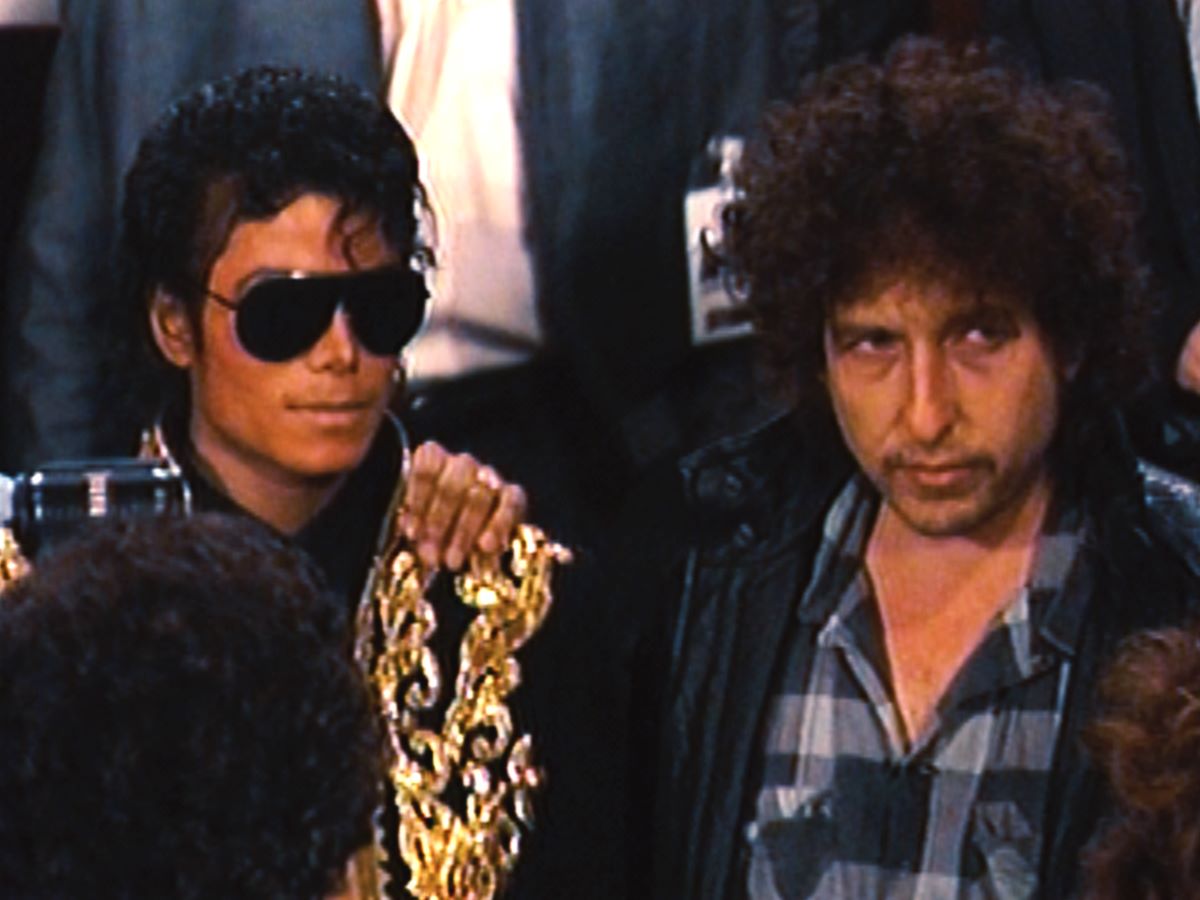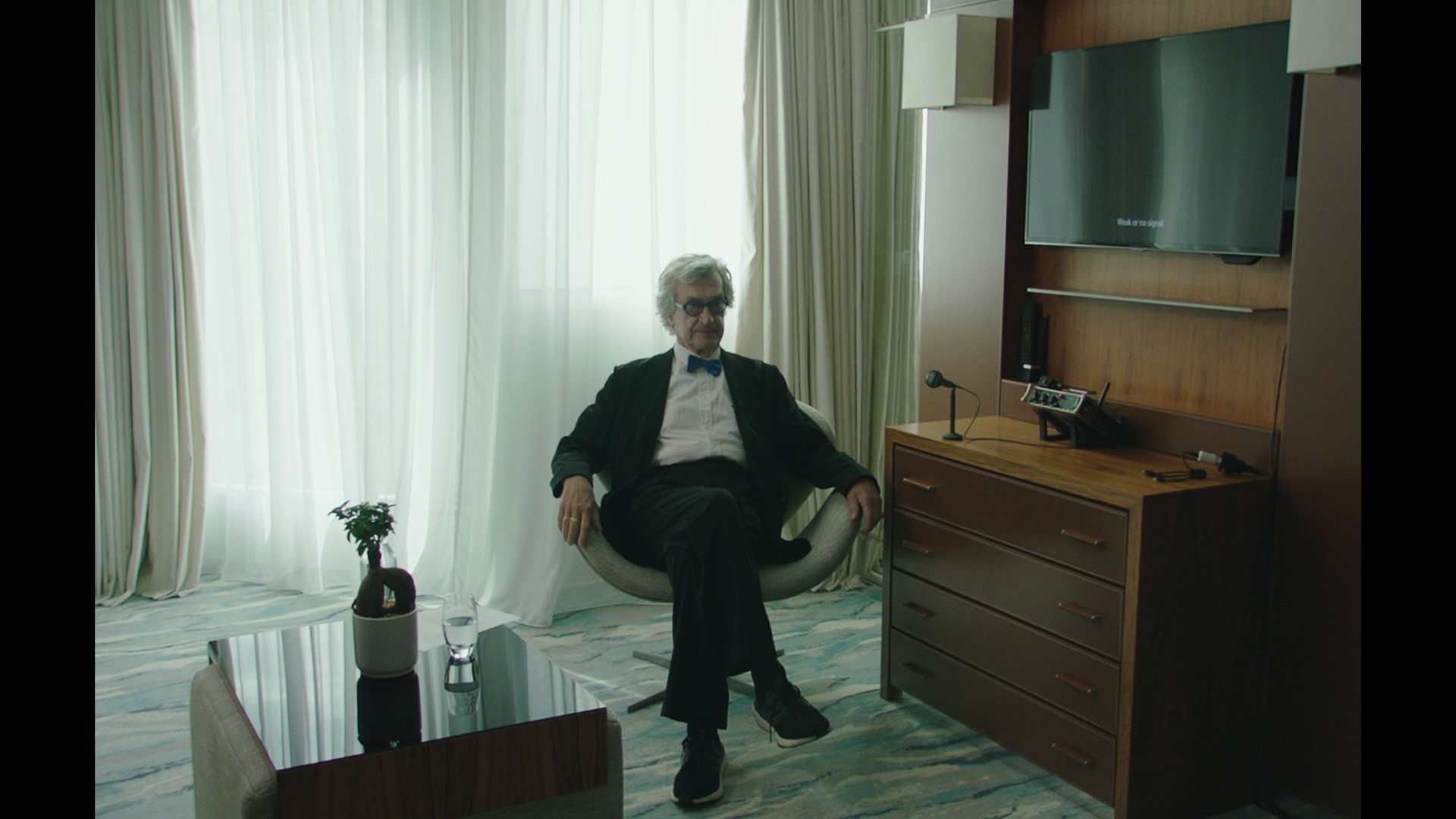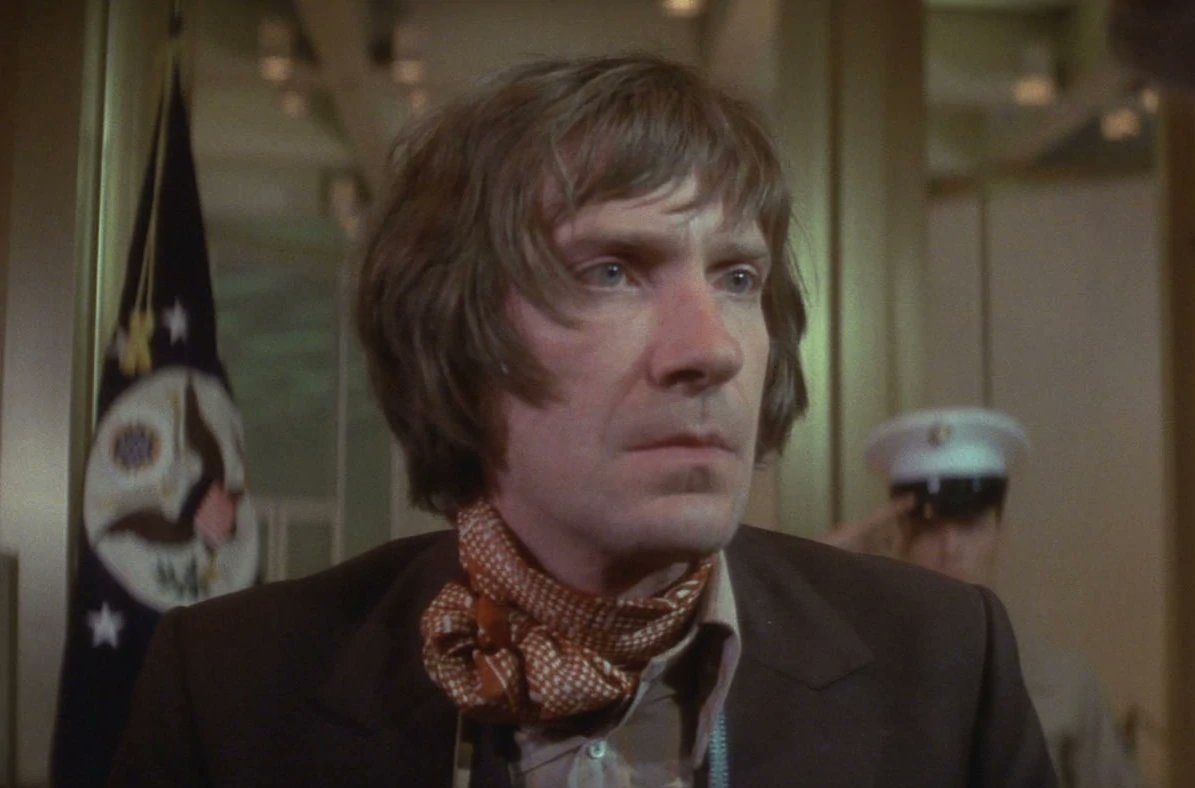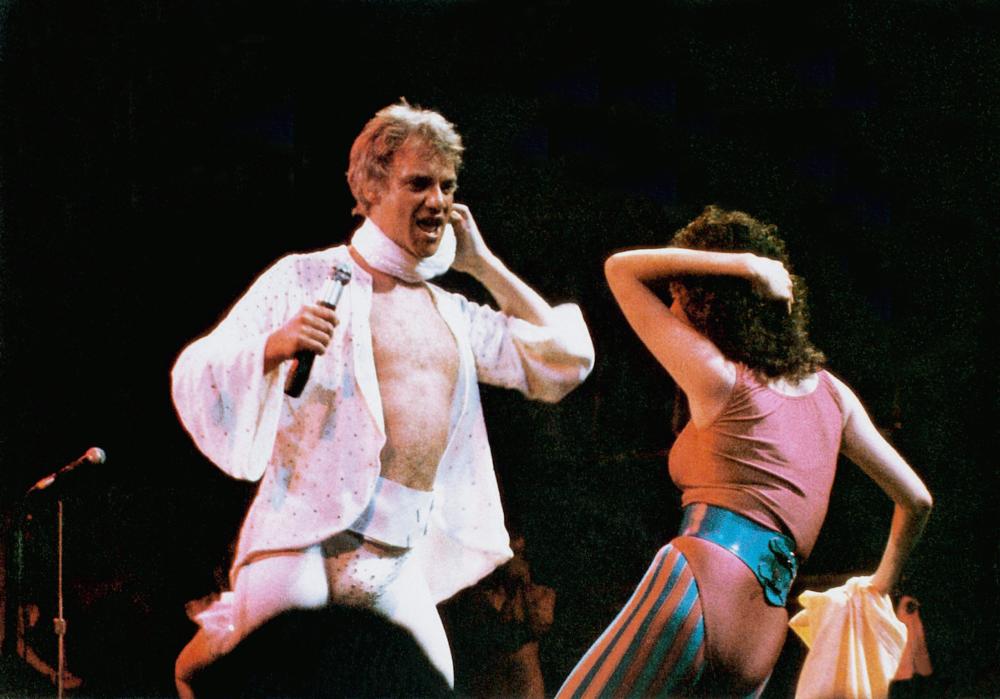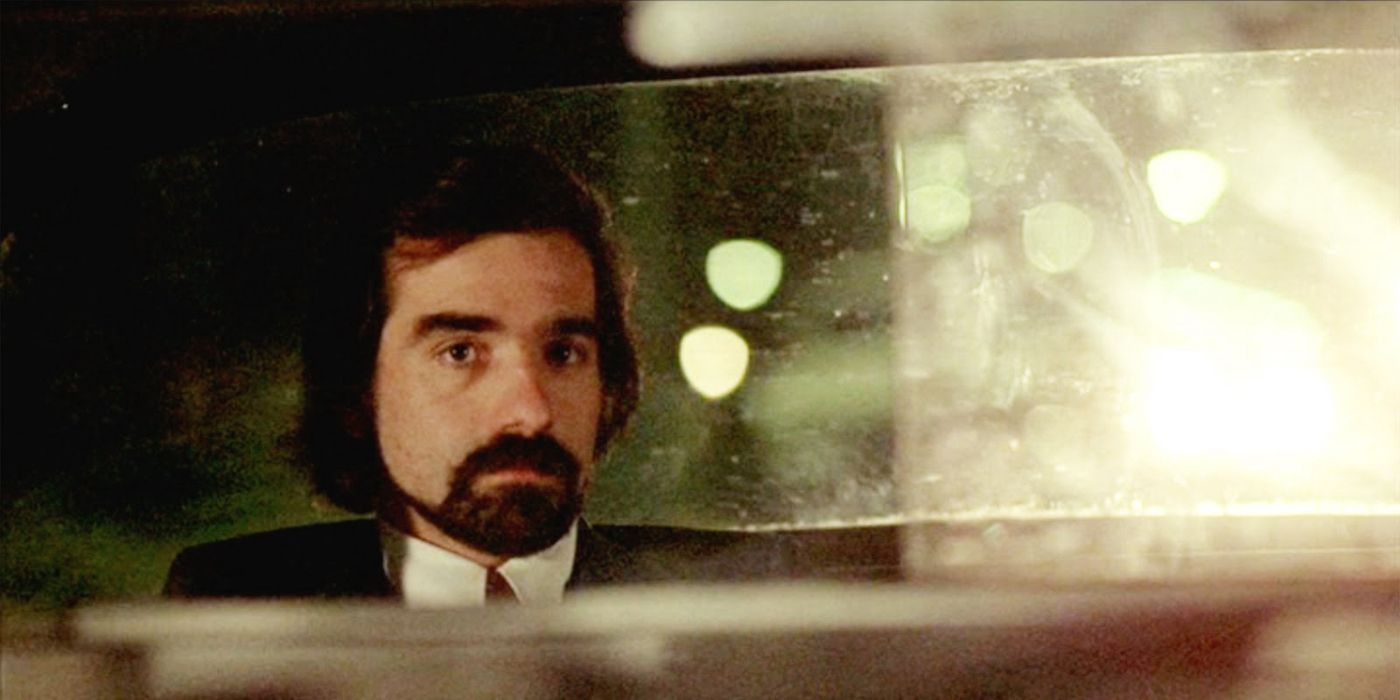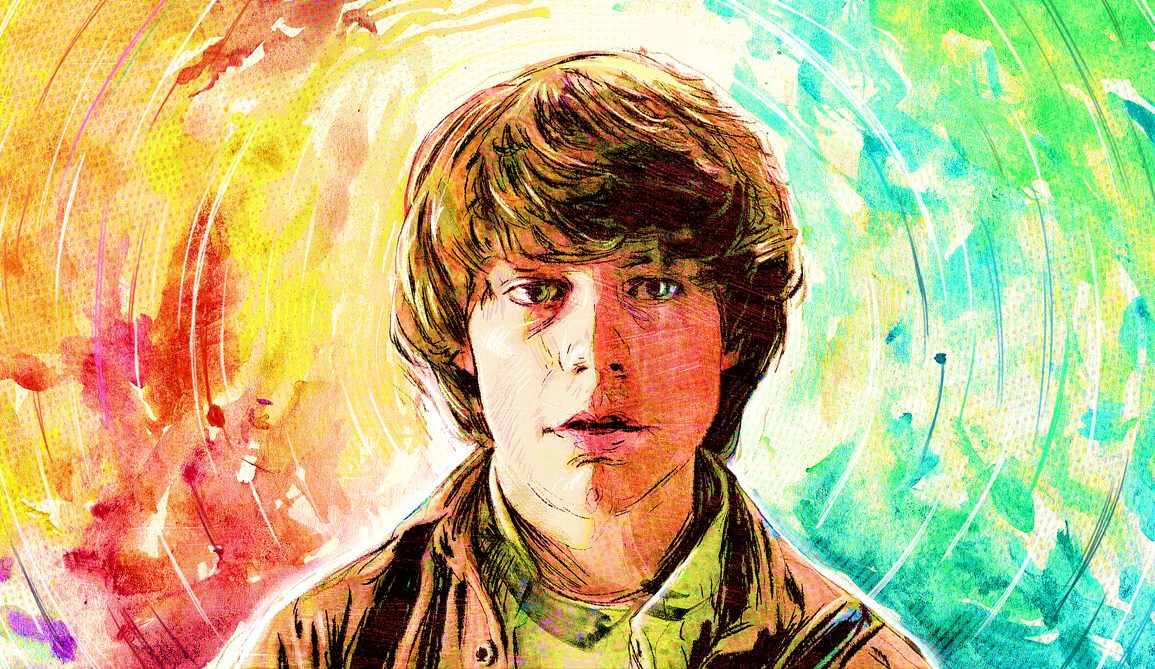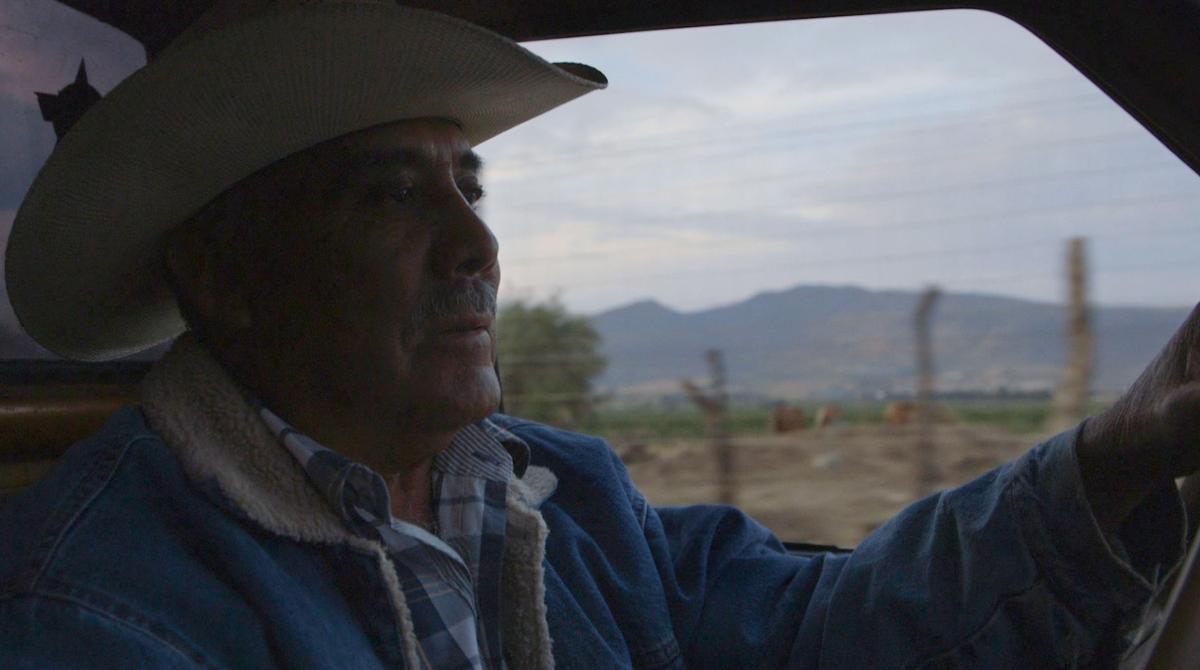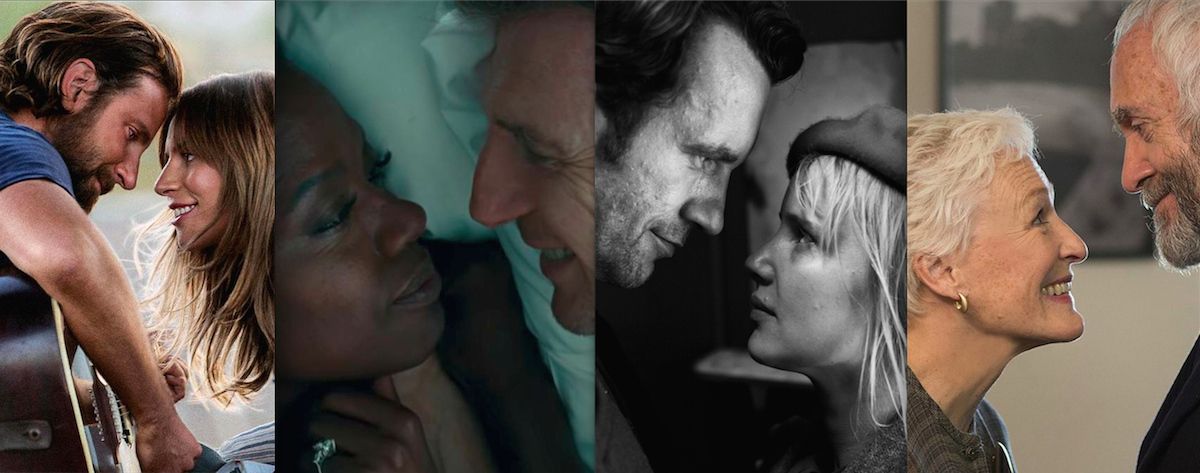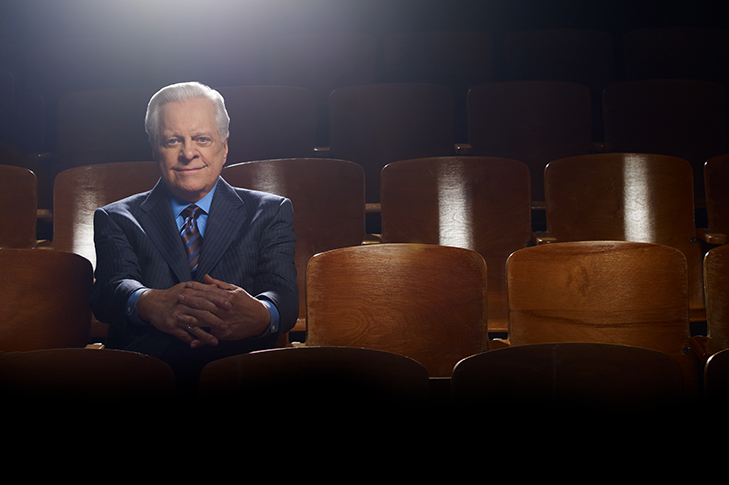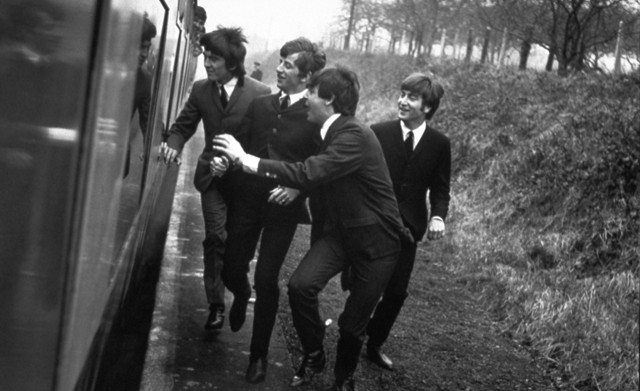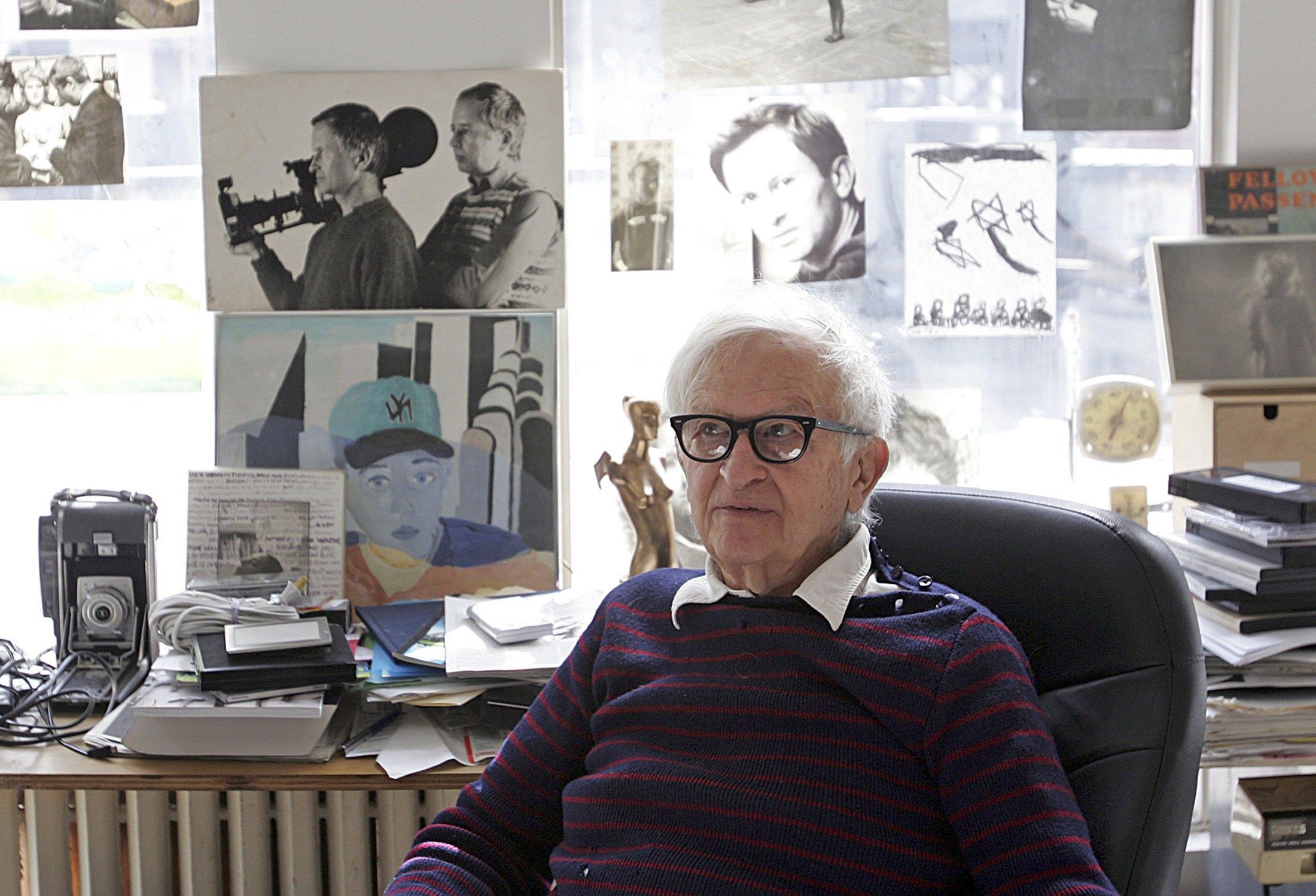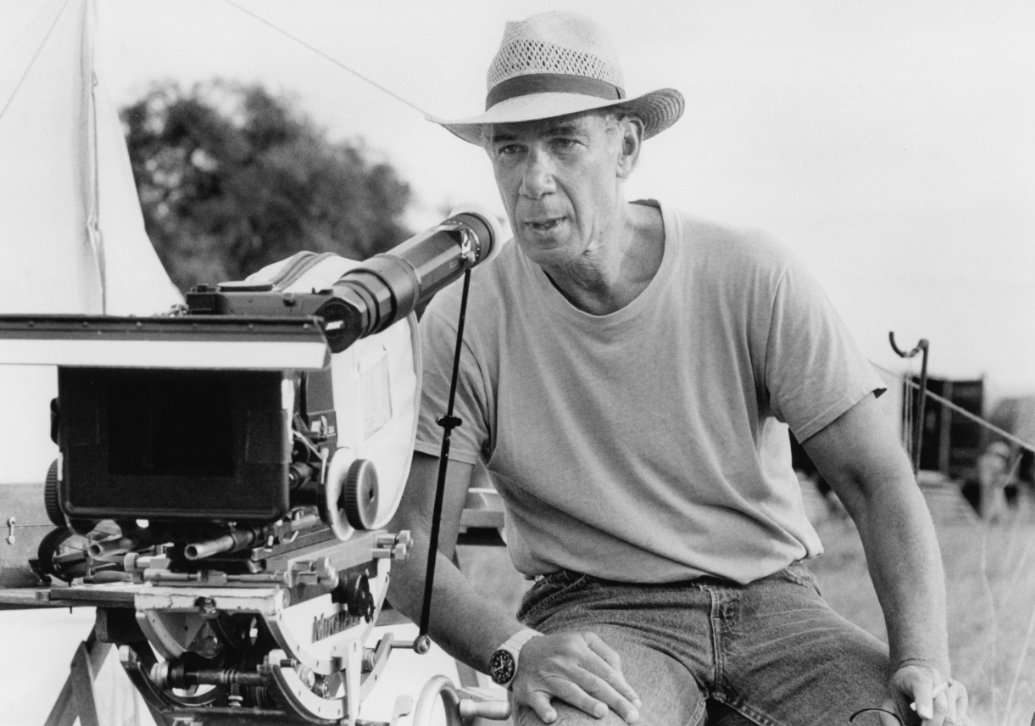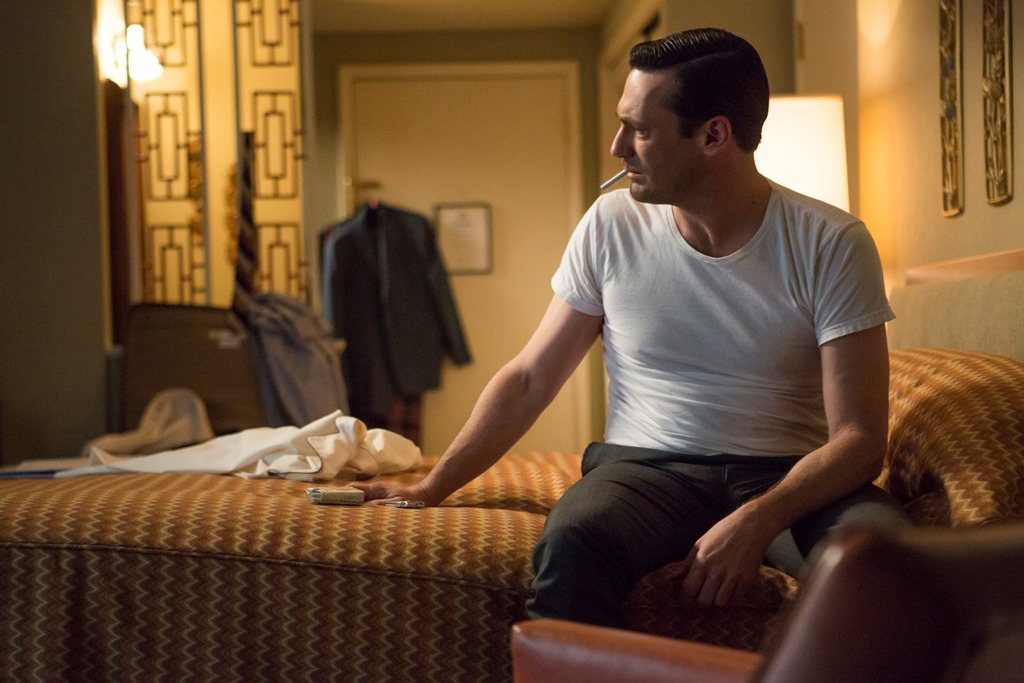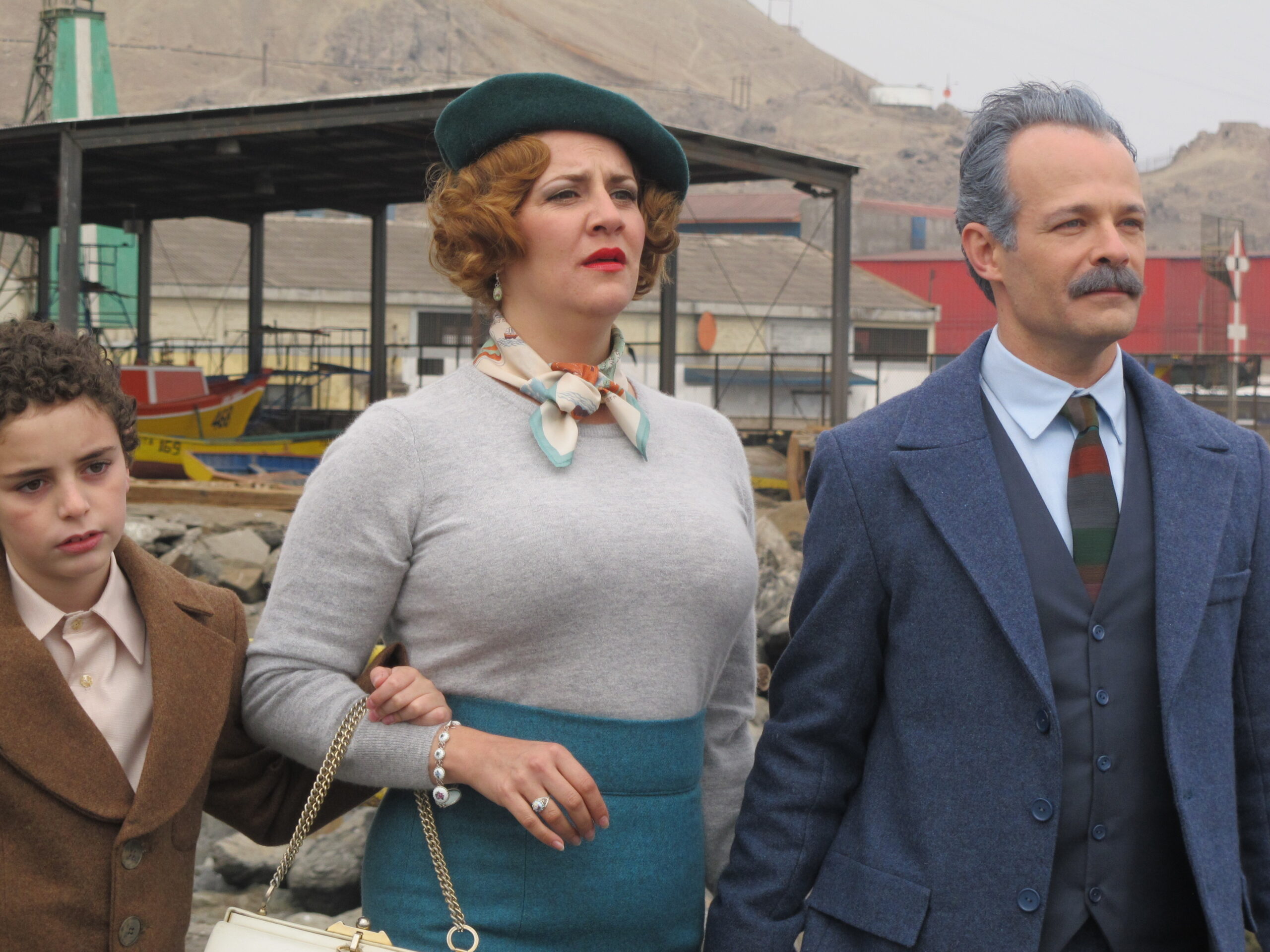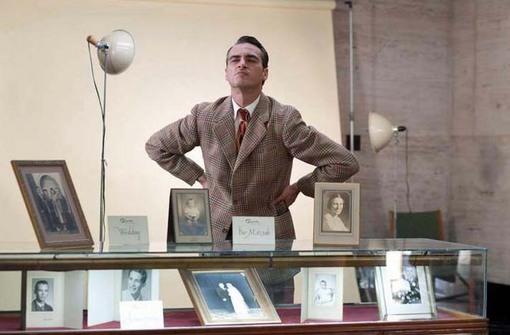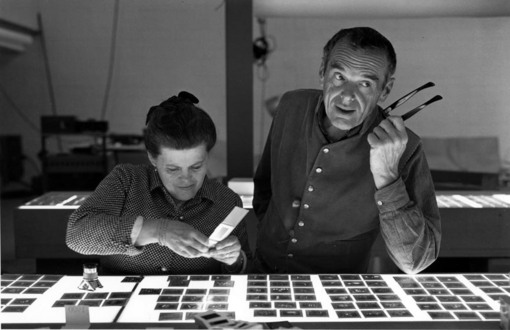Mick Jagger Movie Reviews
Blog Posts That Mention Mick Jagger
Mick moves into movies
Roger Ebert
The Great Craft of 2025
The Editors
Venice Film Festival 2025: Broken English, The Wizard of the Kremlin, No Other Choice, In the Hand of Dante
Glenn Kenny
“When the World Broke Open: Katrina and its Afterlives” Launches at MOMA
Matt Zoller Seitz
Anora’s Real-Life Fairytale: Five-Oscar Victory for Indie Film
Carla Renata
Life, the Movie: Why Documentary Filmmaking Should Return to, You Know, Documenting Stuff
Matt Zoller Seitz
The People’s Joker and Six Other Films That Were Stuck in Legal Limbo
Tim Grierson
10 Music Documentaries You Should See After The Greatest Night in Pop
Tim Grierson
Cannes 2023: Room 999, Anita, In the Rearview
Jason Gorber
A Disappearing Act: David Warner (1941-2022)
Simon Abrams
Cannes Official Selection Line-Up Overview with Digressions You Won’t Find Anywhere Else
Lisa Nesselson
Just Another Step on the Journey, Man!: 1983’s Underrated NYE Comedy, Get Crazy
Peter Sobczynski
Book Excerpt: Fun City Cinema: New York City and the Movies That Made It by Jason Bailey
The Editors
Bright Wall/Dark Room September 2021: It’s All Happening by Ethan Warren
The Editors
Home Entertainment Guide: September 2020
Brian Tallerico
True/False 2019: Caballerango, American Factory, The Hottest August, Finding Frances
Vikram Murthi
30 Minutes On: “Bohemian Rhapsody”
Matt Zoller Seitz
Nicolas Roeg, 1928-2018
Matt Zoller Seitz
My List of Movies to See Before the End of 2018
Chaz Ebert
Tom Petty: 1950-2017
Peter Sobczynski
The Third Course: Michael Winterbottom on “The Trip to Spain”
Nell Minow
An Air of Authenticity: The TCM Classic Film Festival Celebrates Robert Osborne
Laura Emerick
Keep Moving!: The Films of Richard Lester.
Peter Sobczynski
8 things about Albert Maysles
Matt Zoller Seitz
“Mountains of the Moon”: Bob Rafelson’s lost classic
Matt Zoller Seitz
You Just Might Find: The Midseason Finale of “Mad Men”
Libby Hill
Cannes reviews: Alejandro Jodorowsky returns with “The Dance of Reality” and “Jodorowsky’s Dune”
Ben Kenigsberg
Looking back at 1968, through a lens
Roger Ebert
The Best 10 Movies of 2002
Roger Ebert
The Rolling Stones closeup: Club concert is as good as it gets
Roger Ebert
Larger than life
Roger Ebert
The Best 10 Movies of 1992
Roger Ebert
The Master: Who are you?
Jim Emerson
Two Parts of a Whole: The Legacy of Charles and Ray Eames
Jeff Shannon
“Who Killed Bambi?” – A screenplay
Roger Ebert
Smash his camera, but not immediately
Roger Ebert
Waiting for greatness at a solid fest
Roger Ebert
Raise cash, he’ll dance in a thong
Roger Ebert
‘Eve’s Bayou’ a remarkable directing debut
Roger Ebert
Anarchy in the U.K.: My life with Sid Vicious
Roger Ebert
Interview with Marjoe Gortner
Roger Ebert
Popular Reviews

The best movie reviews, in your inbox
